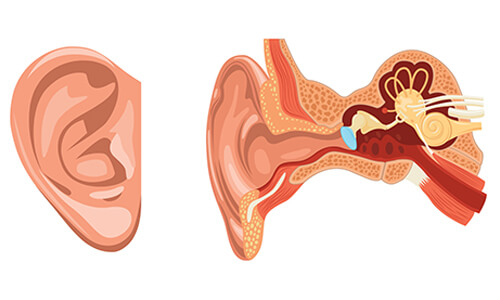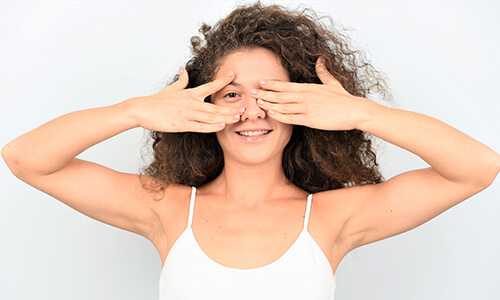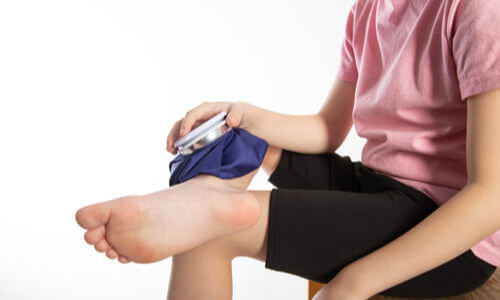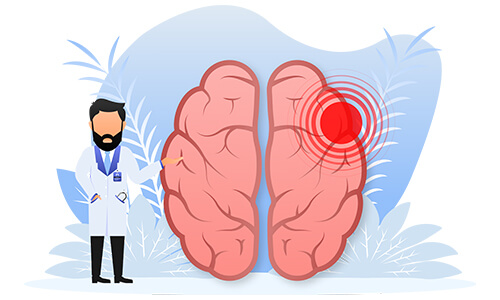EMERGENCY CONTACT: +27 (0) 60 901 7008
Post-Concussion Vestibular Therapy: Recovery Journey
Yad-Marpe
May 9, 2025

Concussions affect millions of people every year. While many recover fully within days or weeks, others experience lingering symptoms that affect their balance, vision, and sense of stability. This is where post concussion vestibular therapy can play a life-changing role. Vestibular rehabilitation is a specialized physiotherapy approach designed to address dizziness, motion sensitivity, and balance problems after a concussion.
In this guide, we’ll cover everything you need to know about post concussion vestibular therapy, including:
- How concussions impact the vestibular system
- Common symptoms and why they persist
- What vestibular rehabilitation involves
- Expected recovery timelines
- Tips for maximizing your recovery
- How physiotherapy can support the journey
Let’s begin by understanding the vestibular system itself.
Understanding the Vestibular System
The vestibular system is a complex network located in the inner ear and brain. It helps control balance, spatial orientation, and eye movements.

When this system is disrupted – such as during a concussion – it can cause a range of symptoms that include:
- Dizziness or vertigo
- Feeling unsteady or off-balance
- Motion sensitivity
- Nausea or disorientation
- Visual disturbances
This disruption is often referred to as vestibular dysfunction. For many people, these symptoms fade with time. For others, they linger, which is when targeted physiotherapy becomes essential.
What Is Post-Concussion Vestibular Therapy?
Post concussion vestibular therapy is a physiotherapy-based intervention designed to help individuals retrain their balance and reduce dizziness or motion-triggered symptoms. A trained physiotherapist evaluates the patient’s vestibular function and creates a personalized treatment plan.

Vestibular therapy typically includes:
- Eye movement exercises
- Balance and coordination training
- Head movement desensitization
- Postural adjustments
- Habituation and gaze stabilization exercises
Each program is tailored to the individual’s needs and may be integrated with other types of physiotherapy, such as neurological rehabilitation or stress-management programs.
Why Do Symptoms Linger After a Concussion?
While the brain can heal itself after mild trauma, some people experience persistent symptoms known as post-concussion syndrome.

Factors that contribute to prolonged vestibular issues include:
- Age and previous concussions
- Pre-existing vestibular conditions
- Stress and anxiety
- Delayed access to physiotherapy
These lingering symptoms can be frustrating, but structured rehabilitation is proven to improve outcomes. Learn more about the general benefits of physiotherapy.
Key Components of Vestibular Therapy
1. Gaze Stabilization
These exercises improve visual focus when the head is in motion. Techniques include focusing on a fixed point while turning the head from side to side.
2. Habituation Exercises
These help the brain get used to movements or environments that trigger symptoms. For example, repeated exposure to head turns may reduce motion sensitivity.
3. Balance Training
Balance exercises are often combined with core strengthening to promote full-body control. They also reduce fall risk and increase confidence.
4. Visual-Vestibular Integration
This component addresses the coordination between vision and the vestibular system, often disrupted after a concussion.
5. Education and Support
Understanding symptom triggers and setting realistic goals is crucial. Many programs incorporate education and exercise classes for ongoing support.
What to Expect During Therapy
The first step is an assessment by a physiotherapist, usually involving:
- Balance and coordination tests
- Eye-tracking and head movement analysis
- Vestibular function tests
Based on results, a treatment plan is created. Sessions usually take place 1–2 times per week, with home exercises in between. Many patients see improvement within 6–12 weeks, but this varies.
Timeline for Recovery
The recovery timeline for post concussion vestibular therapy depends on:

- Severity of the concussion
- Age and baseline health
- Frequency of therapy
- Consistency with exercises
Typical progress may look like:
| Weeks | Recovery Focus |
|---|---|
| 1–2 | Initial assessment, gentle introduction of exercises |
| 3–5 | Increased intensity, visual and motion training |
| 6–8 | Balance and coordination improvement |
| 9–12 | Return to daily activities, sports clearance |
Some patients may need more time. If symptoms persist, additional support like neurological physiotherapy or holistic therapies can be explored.
Physiotherapy’s Broader Role in Concussion Recovery

Physiotherapists do more than just guide balance drills.
They provide:
- Headache and neck pain management
- Breathing exercises (see breathing techniques in physiotherapy)
- Stress management and mindfulness
- Education for caregivers and families
In addition to vestibular therapy, your provider might incorporate dry needling, kinesiology taping, or low-impact exercises to support physical recovery.
Can Children Receive Vestibular Therapy?
Yes, and it’s essential they do if symptoms persist. Pediatric concussion care may include specialized pediatric physiotherapy to ensure safe recovery and school reintegration.
Tips for Success with Vestibular Therapy
- Stick to the prescribed routine
- Track your symptom patterns
- Rest when needed, but don’t avoid movement
- Stay hydrated and eat a balanced diet
- Communicate with your therapist about any setbacks
When to Seek Professional Help
If you’re experiencing any of the following more than a few weeks after a concussion, consult a physiotherapist:
- Persistent dizziness or vertigo
- Problems with balance or coordination
- Blurred vision or light sensitivity
- Nausea related to motion
Visit our services page or contact us to book an evaluation or get help finding the right program for you.
Conclusion: Taking the First Step in Your Recovery
Post concussion vestibular therapy offers a structured path to feeling like yourself again. With the right support, consistent effort, and personalized care, most people regain full balance, reduce dizziness, and return to work, sports, and daily life with confidence.
If you’re struggling after a concussion, don’t wait. Explore the benefits of vestibular rehabilitation physiotherapy and start your recovery journey today.
For more articles like this, visit our blog or browse helpful tips on rehabilitation and stress management.

